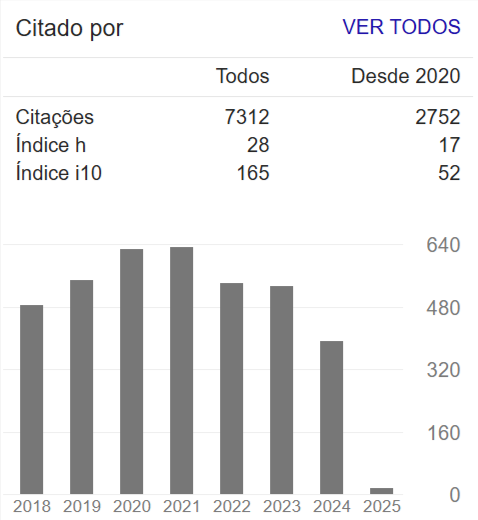Qualidade da água do Aquífero Barreiras em bairros de Belém/PA
Resumen
O comportamento do nitrato, amônio e de outros parâmetros químicos, comumente utilizados como indicadores da contaminação por efluente doméstico, foi monitorado durante dois anos e meio nas águas do Aqüífero Barreiras. Os resultados para o pH, condutividade elétrica, sódio, cálcio e cloreto indicaram que os poços, quando analisados individualmente, mostram um comportamento relativamente homogêneo, mas, quando comparados entre si, foi possíveldistinguir poços com valores sempre mais elevados daqueles com os valores menos elevados. Para nitrato e amônio, o conjunto dos poços permitiu a classificação de 4 padrões de comportamentos. Os padrões definidos podem significar maior ou menor distância de fontes ativas de contaminação, que seriam os fatores determinantes na caracterização hidrogeoquímica dos poços numa área urbana. Nas proximidades das fossas (padrão 3 – amônio > nitrato), o ambiente redutor é mantido pela degradação da matéria orgânica, proveniente dos tanques sépticos ou de fossas. Em posição intermediária, nota-se a presença de amônio e nitrato em teores elevados, devido ao contato do contaminante com águas mais ricas em oxigênio (padrão 2). Quando existe o predomínio de nitrato (padrões 1 e 4) em relação ao amônio, acredita-se que os poços estão mais afastados da fonte de contaminação.

















